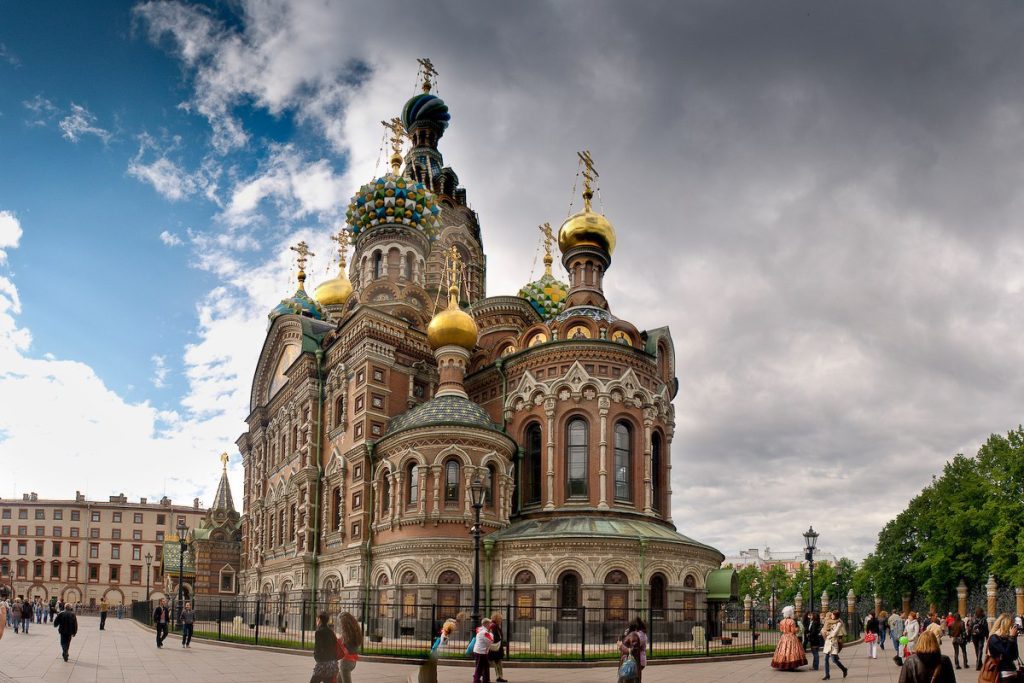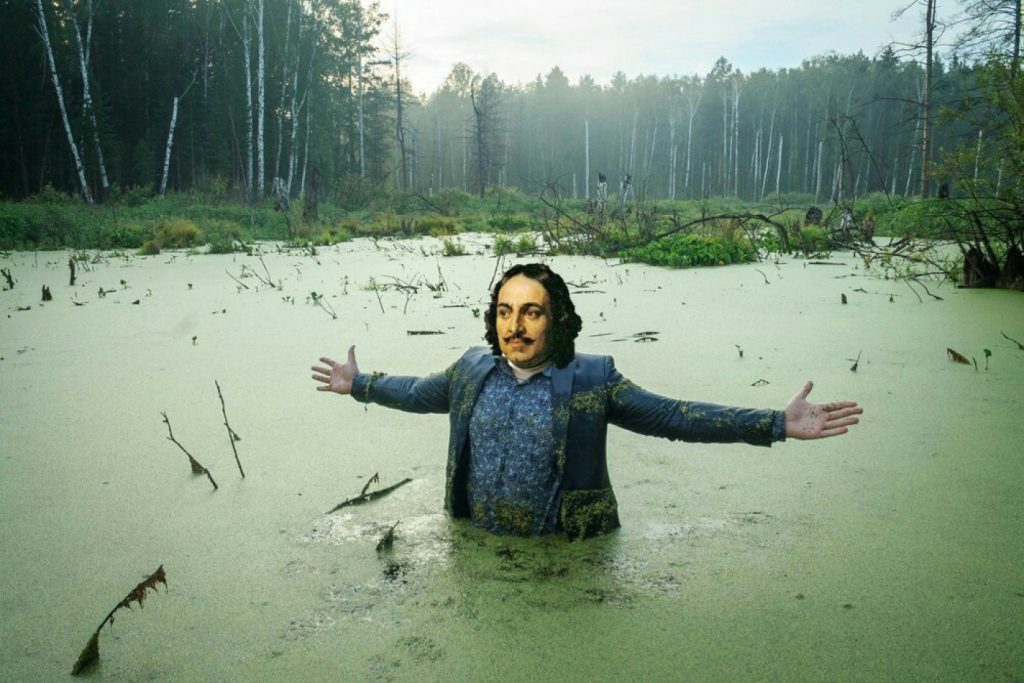Saint-Petersburg
Contents
General information about St. Petersburg
Distinctive features. St. Petersburg is known as the Northern Capital, the Northern Palmyra, the “Window to Europe”, the “Capital of Culture”, the “Northern Venice” and the “Cradle of the Revolution”. This city is really special, and getting into it, you feel its greatness, pride and rigor. The capital’s status over two centuries has made St. Petersburg a pearl of architecture, as well as a mecca of world tourism.
The inhabitants of St. Petersburg are also special people. Back in Soviet times, Leningraders were famous for their culture, generosity and helpfulness. Now, when many people from other cities of Russia and the CIS have moved to the city, this is no longer felt so much. But still St. Petersburg is ahead of most other Russian cities in terms of the cultural level of its residents.
This city is not for everyone. It is for those who appreciate the romance of white nights and drawbridges, who are proud of the history of their country, which often took place in this city, who are not afraid of the gloomy autumn sky and brutal winter frosts.
St. Petersburg is a well-developed industrial city and the most important port on the Baltic Sea. It is also a forge of military personnel. Since the Petrine times the elite of the Russian army and navy have been trained here.
Geographical location. St. Petersburg is the administrative center of the Northwestern Federal District, located at the mouth of the Neva River, which flows into the Baltic Sea. It is the world’s northernmost million-strong city. We should thank for this Peter the Great, who founded this northern capital, and the vast expanses of our homeland, where there are enough people who are accustomed to the northern climate, but appreciate the advantages of living in the capital (even if it is the second).
Since the city is located in the delta of the Neva River, there are a lot of rivers, rivulets and canals, for which Peter got the name “Northern Venice”. Over the years, some of the natural canals and channels have been filled in, resulting in a reduction in the number of islands from 101 to 42.
Most of the city is located in the lowlands, not exceeding the ocean level by 1-3 meters. It is in St. Petersburg that the zero mark of the height and depth reference system is located.
Population. St. Petersburg is the second most populous city in Russia, with an official population of 5,600,044 as of the beginning of 2023.
By national composition, the vast majority are Russians (92.5%).
Meanwhile, the city’s population is rapidly aging. 25.5% of the population are pensioners (more precisely – people above working age). And this indicator has grown over the last ten years, while the share of children is decreasing. But there are positive trends. This is the growth of birth rate (by 40% in five years), the growth of the number of marriages.
The population density here is slightly lower than in Moscow – 3594 people/sq. km. The percentage ratio of men to women is 46:54.
It should be noted that Petersburgers are very resilient people. It is not without reason that during the war they were able to survive the hardest Leningrad blockade, which lasted 900 days. True, during it more than half of the city’s population died, but those who survived, were able to pass their unbroken spirit to their descendants.

Crime. The word combination “Bandit Petersburg” firmly entered our lives long before the appearance of the series of the same name. In the dashing 90’s Peter was the criminal capital of Russia. What can you do – it’s a northern city, life here is harsh, and mores are also harsh. But now we are seeing a steady downward trend in the crime rate, and we should be happy to note that today St. Petersburg is in a much better position than Moscow. In the criminal rating of regions, St. Petersburg has fallen as low as 70th place, which cannot but please.
Unemployment in St. Petersburg is 1.2%, which is one of the lowest figures in Russia. This is not surprising, because the city has retained a powerful industrial and scientific base from the Soviet times, and business here is developing intensively, creating new jobs.
The cost of real estate in St. Petersburg is lower than in Moscow. But the housing under construction here is of good quality.
The highest prices for secondary housing are in the Petrogradsky, Central and Vasileostrovsky districts. The cheapest housing is offered in Nevsky and Krasnoselsky districts.
As for new buildings, the volume of construction of relatively inexpensive apartments priced from 60 to 90 thousand rubles per square meter is pleasing. The most expensive offers are in the central districts of the city, while Nevsky district is still a record-breaker in terms of cheapness of offered housing.
The climate of St. Petersburg is transitional from temperate continental to temperate maritime. There are very few sunny days here – only 62 a year. That is why St. Petersburgers appreciate clear skies, and some of them start sunbathing under the walls of the Peter and Paul Fortress long before the opening of the bathing season.

The White Nights are a trademark of St. Petersburg, they last about 50 days. The average temperature is +22°C in summer and -7°C in winter. The annual precipitation is 600-700 mm.
Districts of St. Petersburg
Admiralteysky is the oldest district of St. Petersburg, its heart, where a significant part of industrial enterprises, scientific institutes and cultural monuments are concentrated. Pros: the very center of the city, inexpensive housing. Minuses: dilapidated housing stock, lack of parks, traffic jams.
Vasileostrovsky – named in honor of Vasilievsky Island, the territory of which it covers. Here is a large seaport, the famous Kunstkamera, founded by Peter the Great, as well as the Marine, Zoological and a number of other museums. Pros: proximity to the center, a fairly good supply of industrial enterprises. Minuses: because of the island location, detachment from the city, some neighborhoods are very difficult to reach.
Vyborgsky – one of the largest and oldest districts of St. Petersburg. Now a huge number of enterprises are located here. Pros: well-developed infrastructure. Minuses: traffic jams on the roads.
Kalininsky – a large industrial district of the city. Pros: well-developed infrastructure and transportation network. Cons: unfavorable environmental situation in the southern part of the district.
Kirovsky is a historically established “working” zone of St. Petersburg. The famous Kirovsky (former Putilovsky) plant is located here. There is also a large port facility located on the territory of the district. Due to intensive industrial emissions and effluents, the environmental situation in the district is difficult. To the minuses can be added the problem of congestion of transport highways. Pros: here you can find relatively inexpensive housing.
Kolpino – formed on the basis of the historical village of Kolpino, which developed as an industrial center. Despite this, there are no such environmental problems here as in other districts of the city. The only disadvantage is the nearby landfill for disposal of toxic waste Krasny Bor.
Krasnogvardeysky – is located in the north-eastern part of the city. There are many industrial zones here, even in close proximity to the center of St. Petersburg. The most famous are the historical districts Bolshaya and Malaya Okhta. Pros: convenient location, abundance of cheap housing. Cons: poorly developed infrastructure, especially in remote neighborhoods.
Krasnoselsky is famous as the most ecologically clean district of the city. Located in the southwest, it received its name in honor of Krasnoye Selo. Here the infrastructure is perfectly developed, which makes it a good choice for settlement. Minuses: the lack of metro stations within the district.
Kronstadtsky is the sea gate of St. Petersburg and the smallest district of the city. It is located on the island of Kronstadt, which for a long time was a closed naval base. Now here are mostly military units and industrial facilities, so that live here mostly old-timers. With the “big earth” there is a connection by ferries by sea and through an underground tunnel.
Kurortny – stretches along the northern coast of the Gulf of Finland. Having a huge area and covered with forests and parks, it rightfully bears the title of “green lungs” of St. Petersburg. The resort and tourist infrastructure is developed here. Cons: remoteness from the center.
Moskovsky – named in honor of Moskovskaya Zastava, today this district has become one of the most developed. Through it passes Moskovsky Avenue – an important transportation artery, the southern gate of the city. Minuses: relatively high housing prices.
Nevsky – spread on the banks of the Neva River, which divides it into two parts – industrial and bedroom. Pros: there is a lot of inexpensive housing, and the infrastructure is well developed. Minuses: poor environmental situation, remoteness from the center.
Petrogradsky is one of the most prestigious districts of the Northern Capital. It is here, on Zayachy Island is located Peter and Paul Fortress – one of the oldest buildings in St. Petersburg. The area is mostly residential neighborhoods of old buildings. Minuses: dilapidated housing stock, traffic congestion.
Petrodvortsovy – this district is spread along the southern coast of the Gulf of Finland. Here are located the pearls of St. Petersburg – Peterhof and Oranienbaum. The abundance of green spaces makes this neighborhood ecologically attractive. Minuses: remoteness from the center, poor transport accessibility.
Primorsky is a huge modern district. A quarter of its area is occupied by green spaces. Now it is being intensively built up with new residential complexes and can become one of the most prestigious in St. Petersburg. Besides, there are industrial zones here, which give work to the residents of the district. Minuses: traffic congestion.
Pushkinsky – named in honor of the former suburb of Pushkin, which entered the city limits. Here are some of the main tourist attractions of St. Petersburg – palace and park complexes “Tsarskoe Selo” and “Pavlovsk”. This is a quiet green area with a favorable environmental situation, so many residents of the Northern Capital are trying to move here. Minuses: lack of subway, remoteness from the city center.
Frunzensky is a developed industrial district in the south of St. Petersburg. Processing industrial enterprises and new residential neighborhoods are concentrated here. Despite the developed infrastructure, the transportation problem remains one of the most important in the district.
Central is the heart of the city, where many historical monuments are located. Everything here breathes with antiquity. This is a prestigious neighborhood with the highest population density. Cons: polluted air due to heavy traffic.
